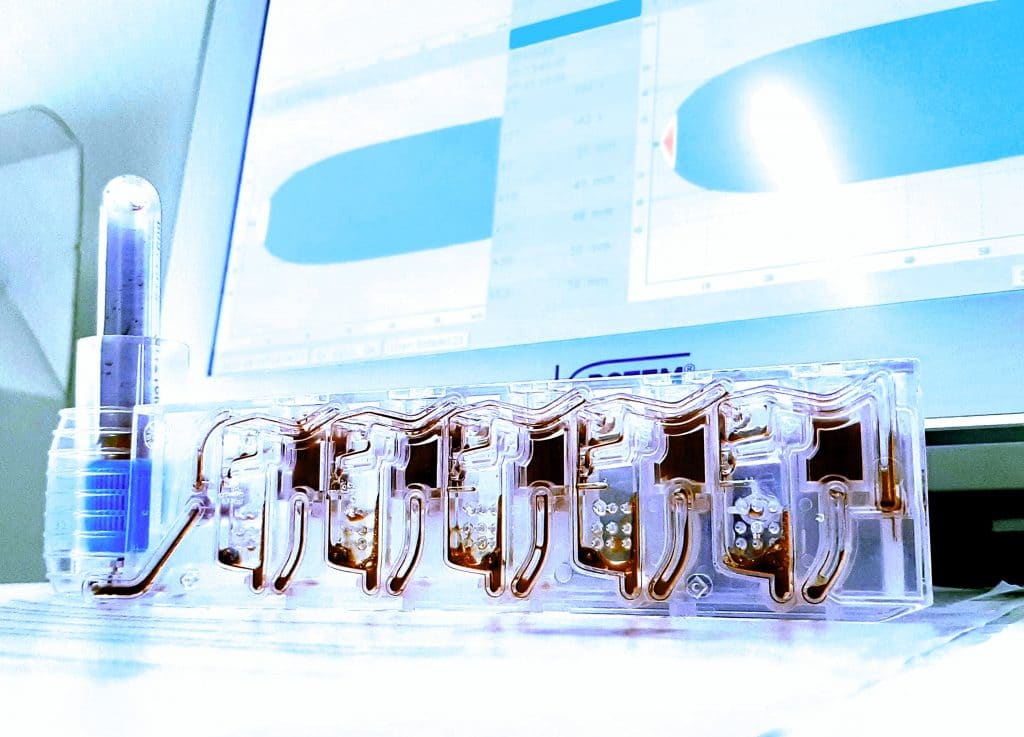Altered Fibrinolysis during and after Surgery

Major surgery induces hemostatic changes related to surgical stress, tissue destruction, and inflammatory reactions. These changes involve a shift of volume from extravascular space to intravascular and interstitial spaces, a “physiologic” hemodilution of coagulation proteins, and an increase of plasmatic fibrinogen concentration and platelets. Increases in fibrinogen and platelets together with a simultaneous dilution of pro- and anticoagulant factors and development of a hypofibrinolytic status result in a postoperative hypercoagulable state. This profile is accentuated in more extensive surgery, but the balance can shift toward hemorrhagic tendency in specific types of surgeries, for example, in prolonged cardiopulmonary bypass or in patients with comorbidities, especially liver diseases, sepsis, and hematological disorders. Also, acquired coagulopathy can develop in patients with trauma, during obstetric complications, and during major surgery as a result of excessive blood loss and subsequent consumption of coagulation factors as well as hemodilution. In addition, an increasing number of patients receive anticoagulants and antiplatelet drugs preoperatively that might influence the response to surgical hemostasis. This review focuses on those situations that may change normal hemostasis and coagulation during surgery, producing both hyperfibrinolysis and hypofibrinolysis, such as overcorrection with coagulation factors, bleeding and hyperfibrinolysis that may occur with extracorporeal circulation and high aortic-portal-vena cava clamps, and hyperfibrinolysis related to severe maintained hemodynamic disturbances. We also evaluate the role of tranexamic acid for prophylaxis and treatment in different surgical settings, and finally the value of point-of-care testing in the operating room is commented with regard to investigation of fibrinolysis.
